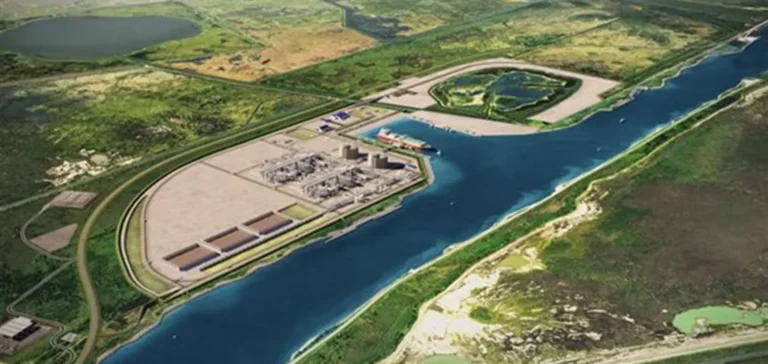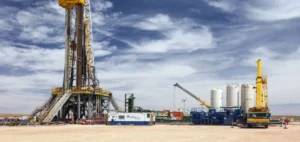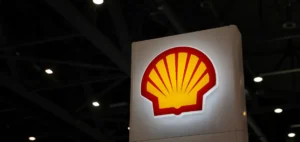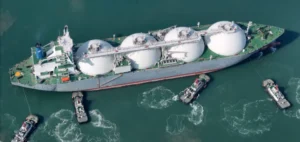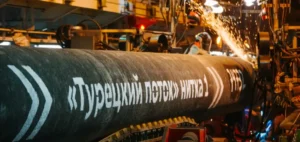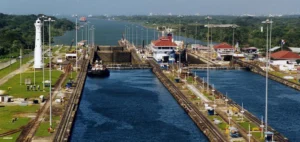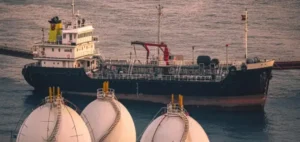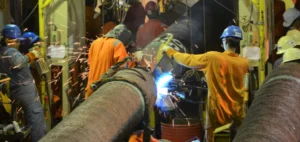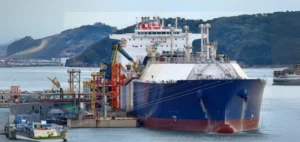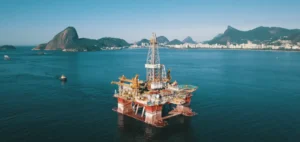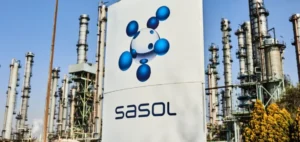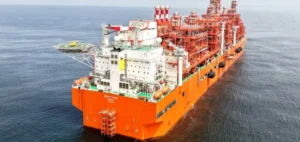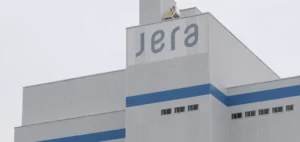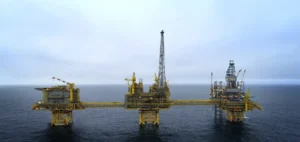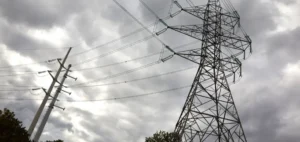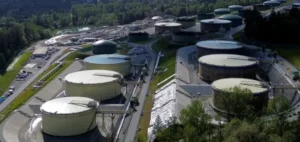Baker Hughes announced it has been selected by Bechtel Energy Inc. to supply liquefaction equipment for Phase 2 of the Port Arthur LNG project, led by Sempra Infrastructure in Jefferson County, Texas. The contract includes the delivery of four Frame 7 gas turbines and eight centrifugal compressors across two liquefaction trains.
The project, an extension of the already ongoing first phase, targets a nameplate production capacity of approximately 13 million tonnes per annum (MTPA) of liquefied natural gas (LNG). Additionally, Baker Hughes will provide two electric motor-driven compressors designed for booster services within the facility.
A strengthened partnership with Bechtel and Sempra Infrastructure
The collaboration between Baker Hughes, Bechtel, and Sempra Infrastructure builds on the first phase of the project, for which the company also provided core equipment. The strengthening of this relationship reflects the stakeholders’ aim to secure the gas value chain amid growing global demand for LNG.
The Frame 7 gas turbine, central to the proposed system, is known for its energy efficiency, operational reliability, and on-site maintainability. It supports greater operational flexibility and increased plant availability.
A strategic infrastructure for US exports
The Port Arthur LNG project represents a major infrastructure for the export of liquefied natural gas from the US Gulf Coast. By supporting the expansion of export capacity, the initiative aligns with the energy ambitions of American operators aiming to meet increasing LNG demand, particularly in Asia and Europe.
With this order, Baker Hughes continues to expand its industrial footprint in the liquefaction equipment market. The company strengthens its position as a strategic supplier in a sector where technological reliability and rapid deployment are decisive factors for project developers.


